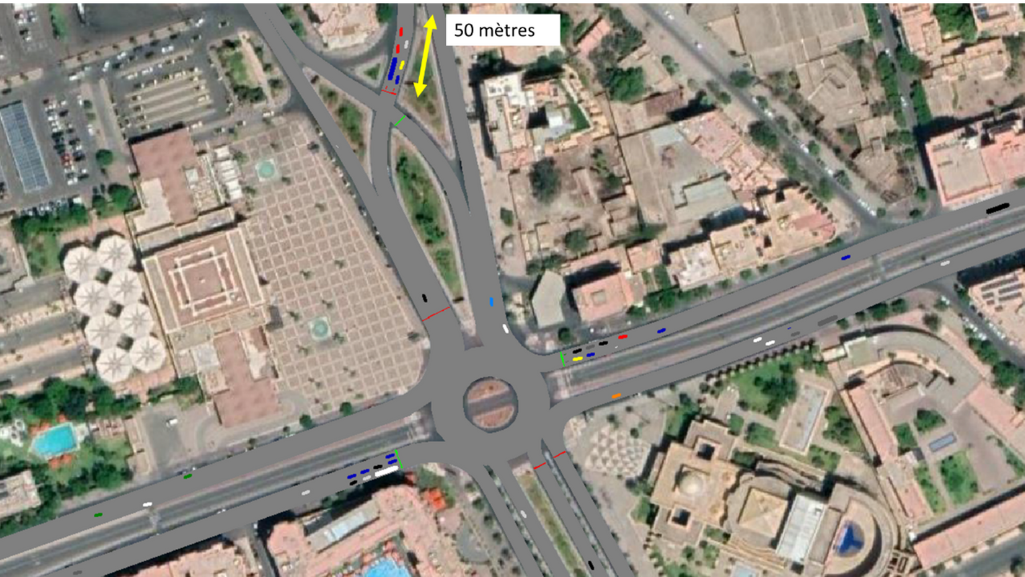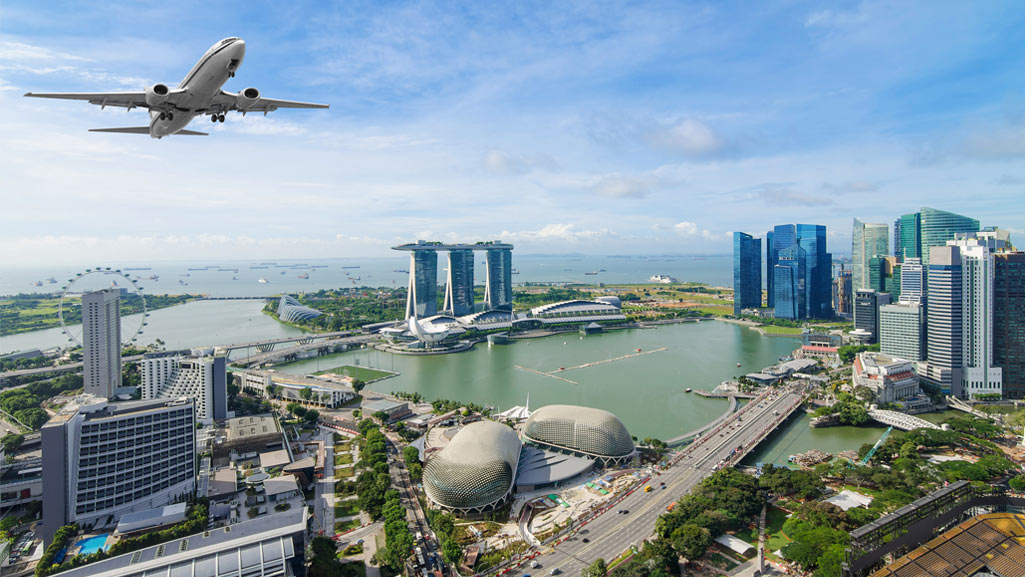If you work in mobility, you may have noticed that there are many rankings for the best public transport systems worldwide. You’ll find almost as many rankings as there are cities on Earth. Many travelers write about cities with great public transit on their blogs or travel platforms. There are likely numerous posts on the topic.
For this article, however, we decided to rely on a more trustworthy and reputable source: a study conducted by the consulting firm Oliver Wyman and the University of California, Berkeley.
What makes a public transportation system great?
Public transport deserves applause. Why is that? It’s important for getting around and creating a society that includes everyone and is environmentally friendly.
Public transit empowers residents with mobility and accessibility, while tackling climate change through reduced emissions. It creates vibrant, livable cities by reducing traffic congestion and increasing efficiency.
Public transport is the backbone for urban mobility in rapidly growing cities to meet the increasing demand.
Cities with the best public transit
The comprehensive Urban Mobility Readiness Index looked at the public transport systems of 60 major cities around the world. It rated them based on criteria that included the quality of the infrastructure, social impact, market appeal, operational efficiency, and innovative network developments.
Without further ado, let’s dive into the best cities for public transportation:

1. Hong Kong, China
Hong Kong topped the list and earned the title of the best public transport system in the world. According to the study, the well-developed public transport system is characterized by affordability, high station density and robust rail infrastructure, which led to the outstanding result.
Hong Kong’s MTR is one of the most advanced and densely operated metro systems globally. Each day, the rapid-transit network in the metropolis facilitates the majority of the 9.7 million passenger trips. The trains run frequently, with waiting times often no longer than a few minutes, even during off-peak hours.
The MTR seamlessly integrates with other forms of public transport, including buses, trams, ferries, and even the Airport Express. It provides passengers with convenient and efficient transfer options.
Another advantage is the Octopus Card. Passengers can use the contactless card for fare payment across various modes of transportation making it convenient to travel seamlessly without the hassle of buying separate tickets. Overall, the combination of reliability, accessibility, and integration makes Hong Kong’s public transit system one of the most admired in the world.
2. Zurich, Switzerland
For a city with a high cost of living, public transportation in Zurich is affordable. It is not only highly efficient. A public transport station is almost always within walking distance.
The Zürcher Verkehrsbetriebe (VBZ) offers environmentally friendly and affordable public transportation to the people of Zurich and the surrounding region. Services are available 365 days a year, for at least 20 hours a day.
VBZ is working to improve its services by expanding in a way that saves resources and prepares for the future. For years, VBZ has been using PTV Visum software for its service planning, analyzing the potential of new lines or services, e.g..
Additionally, Zurich’s public transportation system benefits from Switzerland’s great rail network, operated by the Swiss Federal Railways (SBB), one of the beste train systems in the world.
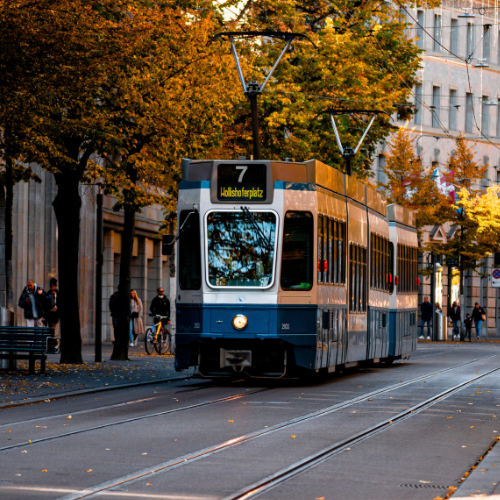
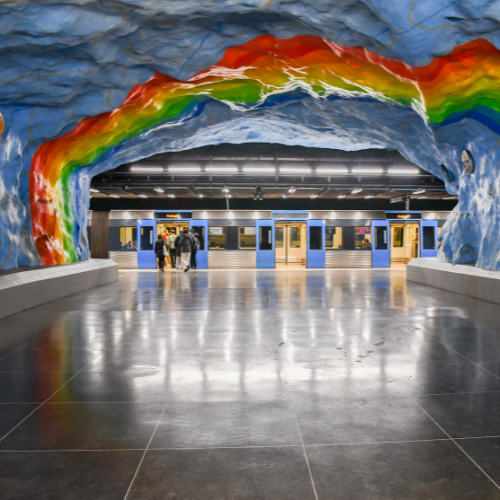
3. Stockholm, Sweden
The Swedish capital ranks third on the list of cities with best public transportation for its sustainable, low-emission system.
The city’s dense network seamlessly integrates metros, buses, and trams, offering excellent connections to Sweden’s national rail network. Remarkably, since 2017, all trains and buses have run entirely on renewable energy.
Stockholm’s commitment to eco-friendly transportation extends beyond current achievements. Their goal is to have fossil-free maritime transport by 2030. They also aim to reduce emissions by 75% from 2009 levels. Additionally, they plan to increase energy efficiency by 15% per passenger kilometer from 2011.
Ensuring everyone can enjoy the benefits of their public transportation system is paramount. Stockholm offers an accessibility guarantee, emphasizing its commitment to enabling travelers with disabilities to reach their destinations comfortably.
An additional perk for Stockholm’s public transit users? The Stockholm metro holds the unique title of the world’s longest art gallery. Many stations adorn stunning works from various artists, transforming everyday commutes into artistic journeys.
4. Singapore
Much like Hong Kong, Singapore has an extensive MRT network that has been at the forefront of automation since 2003, making it the world’s pioneer in automated rail systems. Today, it encompasses six lines spanning approximately 200km, covering the entirety of the island, including residential areas, commercial districts, and tourist attractions.
A comprehensive bus network complements the MRT system, ensuring seamless connectivity across Singapore. Bus services are frequent, with designated lanes to prioritize their movement during peak hours.
Singapore plans to expand public transportation by 2030. The goal is to have 75% of all trips made by rail or bus. The government wants to make it easier for people to get around the city.
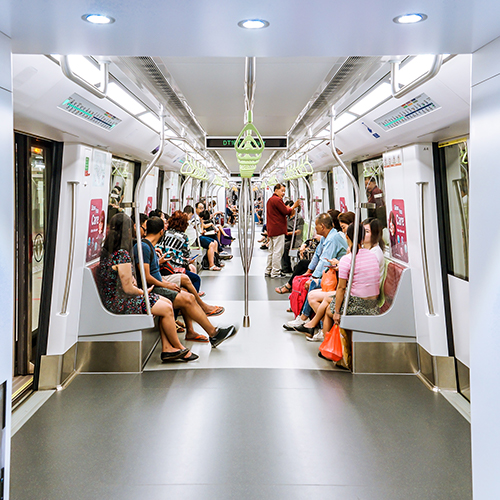
To mitigate the impact of mobility on land space and resources, Singapore is also adopting a car-lite approach. One example is the East Coast Extension. Planners used a PTV Vissim model to suggest a people-focused transportation solution for the area.
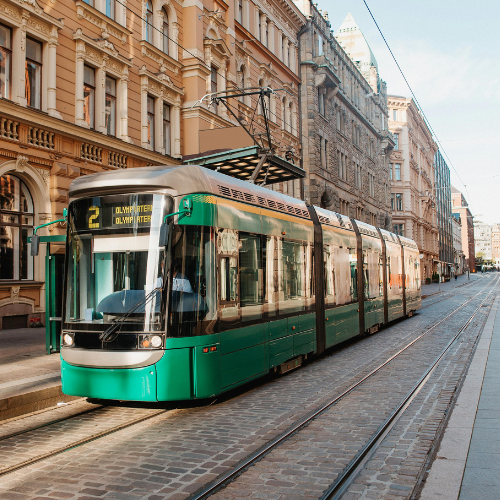
5. Helsinki, Finnland
Helsinki, an extensive car‑free zones and a high market share of electric vehicles contribute to superior air quality, and both noise and light pollution are low.
In addition, Finland’s capital has an excellent public transit network serving every neighborhood in the region. Even those living far from the city center can get around easily without a car. The multimodal public transportation network includes bus, tram, metro, commuter train, and ferry services, which is common for a Nordic country.
What sets it apart is its connection to the robust national rail system. A great journey planner app integrates all modes of transportation.
6. Oslo, Norway
Among the cities with great public transportation is also Oslo with its well-developed, modern transportation system that makes getting around the city a breeze. Whether you walk or ride a bike, you won’t have to go far.
In addition, the cost of public transportation in Oslo is 28% of the cost of daily food. Public transportation is more affordable than parking. Parking costs about 56% of the share of daily food.
New technology, such as self-driving cars and Mobility as a Service (MaaS), will change how people travel in cities. These advancements will revolutionize the way people move around urban areas. The Norwegian capital is preparing for this trend.
Ruter, the company in charge of public transportation, requested a study to explore potential outcomes of AV uptake.
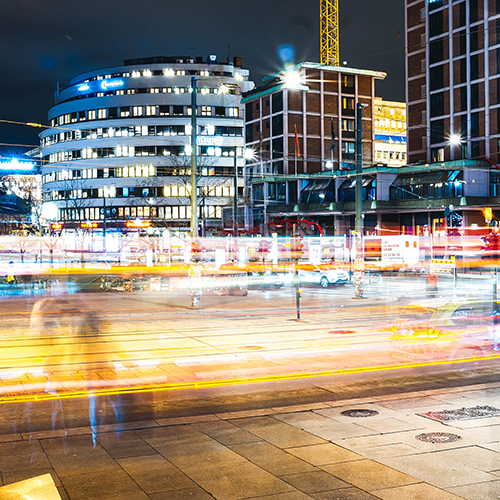
Together with COWI, a Scandinavian consulting firm, PTV developed a traffic model for the Oslo and Akershus region to underpin the future mobility scenario. The Oslo study dares to look into this unknown future and shows how the latest technology trends, such as autonomous driving and shared mobility, will affect future mobility in Oslo.

7. Tokyo, Japan
Tokyo’s mass transit system is renowned for its extensive urban rail network, which stands as the world’s most comprehensive system of suburban trains and subways. Complemented by buses, trams, and monorails, it offers frequent service and boasts remarkable punctuality, ensuring on-time departures for commuters.
Additionally, Tokyo’s transit system easily connects with Japan’s high-speed rail network, including the Shinkansen bullet trains. This makes travel convenient and easy for visitors.
8. Paris, France
Paris’s public transportation system consistently ranks highly. It has a extensive reach, is affordable , and seamlessly integrates into the city’s fabric. Few Parisians live far from a station, with a dense network of metros, trams, and the RER (Réseau Express Régional) serving the city center and surrounding regions.
A single ticket is very cheap, costing only about 18% of the price of a daily meal. This is much lower than in other big cities.” This makes public transport a budget-friendly choice for residents and visitors alike.
Paris’s public transit system transcends mere functionality. Many metro stations boast unique architectural styles, transforming commutes into journeys through the city’s rich history and artistic heritage. The network in Paris is an important part of the city’s identity. It demonstrates the city’s commitment to sustainable and culturally enriching urban planning.
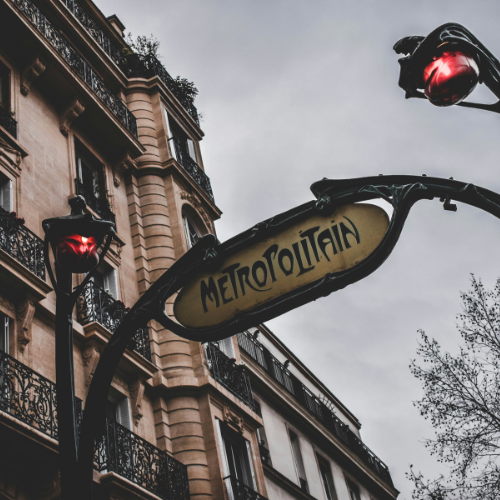
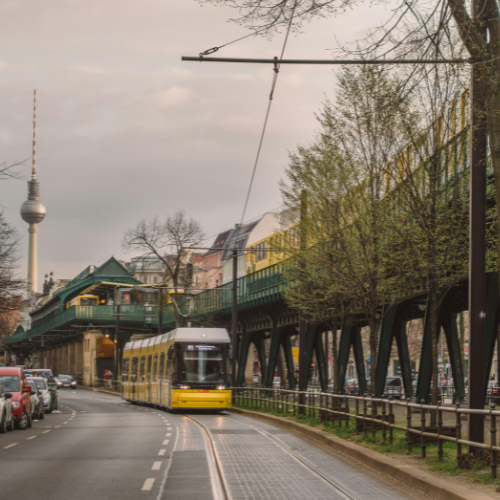
9. Berlin, Germany
What makes public transportation in Berlin special is its multimodality. Supported by an integrated app that allows trip planning and payment for all modes of transportation, including cars and e-scooters, it is easy to get around using mass transit. An overwhelming majority (97%) of Berliners praise the network for being reliable, comfortable, and safe. Since the introduction of the Deutschland Ticket, a monthly ticket in particular has been cost-efficient.
Berliner Verkehrsbetriebe (BVG), Berlin’s public transport operator, has been using traffic modeling for more than 15 years to support its planning and decision-making. Their PTV Visum traffic model covers 1,500 traffic districts and includes up-to-date supply, structural, behavioral and counting data.
In addition, PTV Transport Consult was commissioned to enhance the content and methodology of the current transport model.
10. London, UK
With one of the most extensive networks, London ranks tenth on the list of cities with best public transportation in the world. The recently opened, high-frequency Elizabeth line is cited as one of the pros, connecting the east and west sides of the city. The downside is the price.
Taking public transportation in London can be expensive, often costing up to 80% of your daily food budget. This is unless you have an Oyster card.
Transport for London (TfL) is the integrated body responsible for London’s transport system. Its Operational Network Evaluator (ONE) is a tactical highway traffic assignment model used to assess the impact of projects in the Greater London area and evaluate mitigation strategies.
Built into PTV Visum software, ONE provides a simplified representation of real-world road traffic conditions and has been used extensively by TfL for many years with excellent results. It has helped to assess the impact of schemes such as cycle routes and major road redesigns. It has also helped with the operational analysis of road and river crossing closures and their impact on bus journey times.

US cities with best public transportation
In the global ranking of public transportation systems, New York holds the highest position among US cities with good public transportation, currently at 13th place.
The city’s public transit network features several major multimodal hubs and operates extensively throughout the night. Additionally, it accommodates bicycles onboard, enhancing accessibility for cyclists. However, New York’s transit infrastructure requires significant investment and modernization efforts. Despite ongoing upgrades by the Metropolitan Transportation Authority, including the replacement of aging subway signals, the prospect of autonomous operation remains distant.
There are some other US cities with great public transportation within the Urban Mobility Readiness Index: San Francisco, ranked 16th, and Chicago, ranked 20th.


